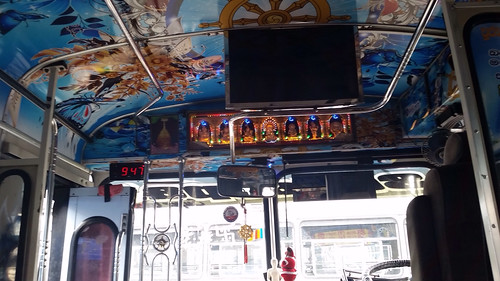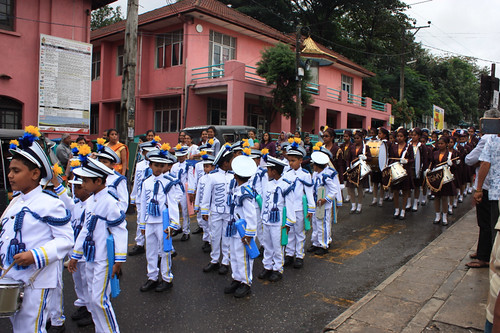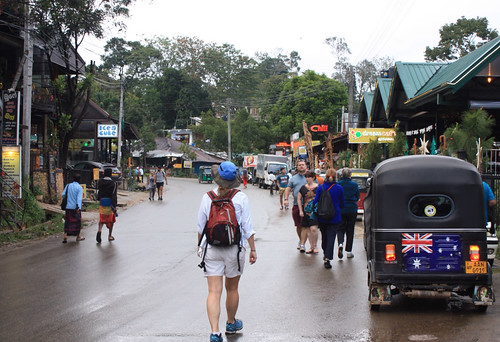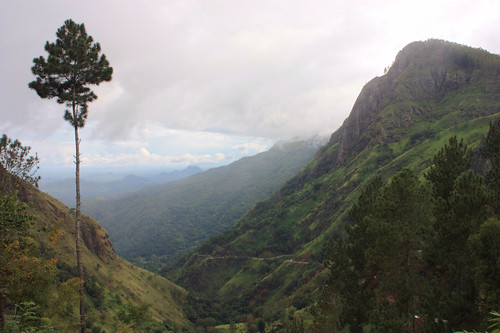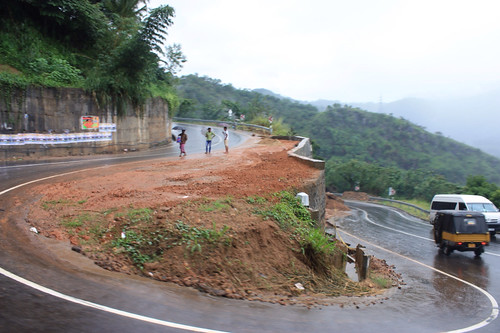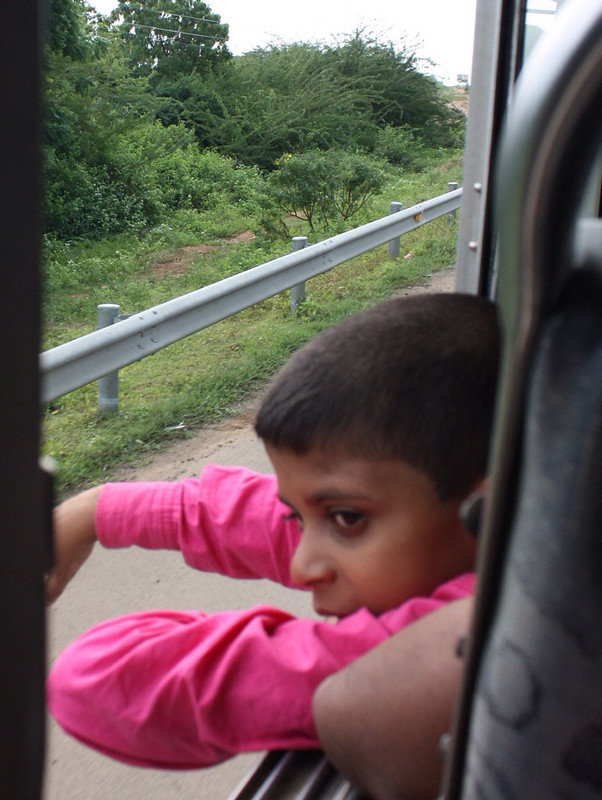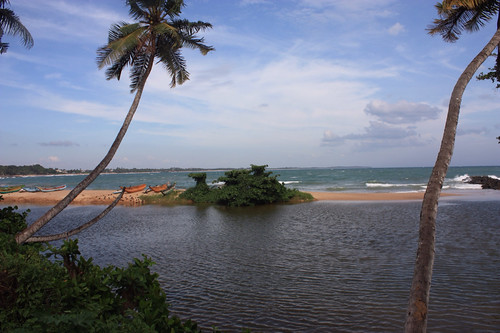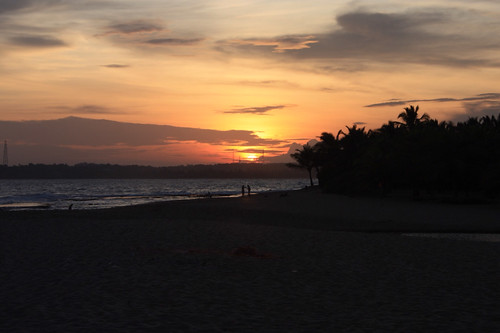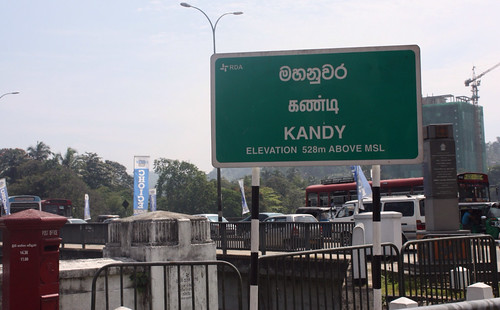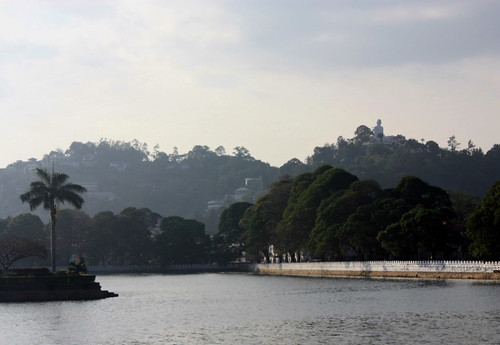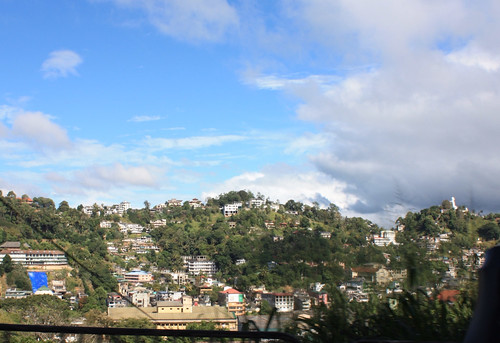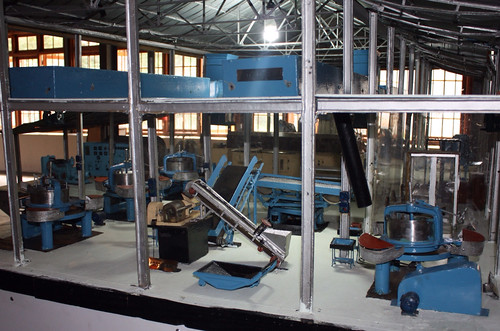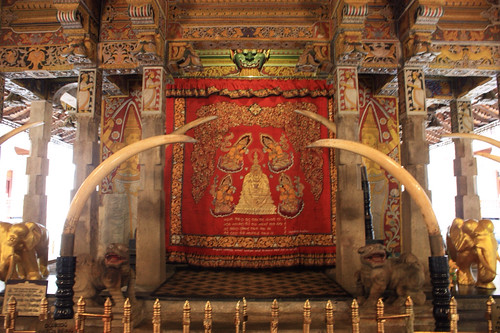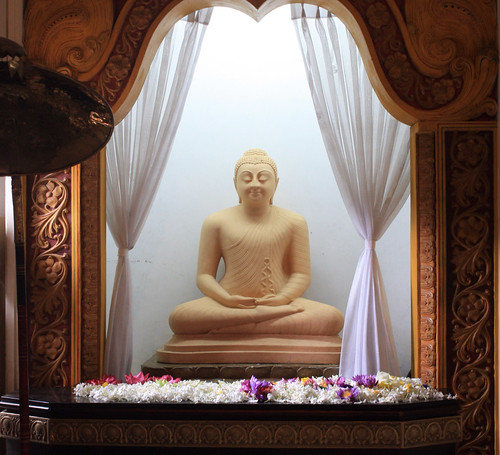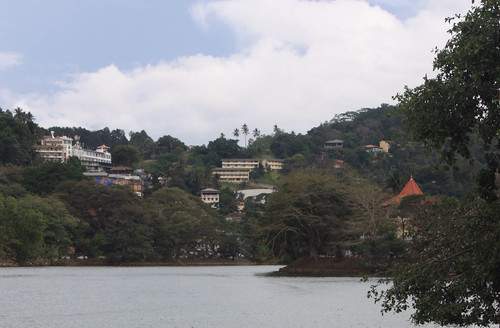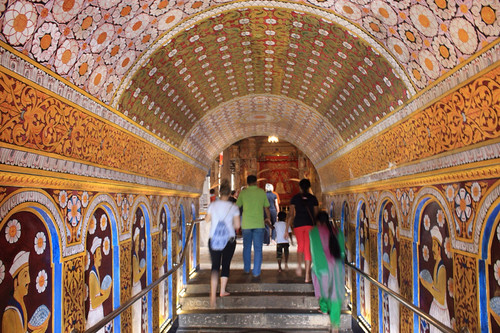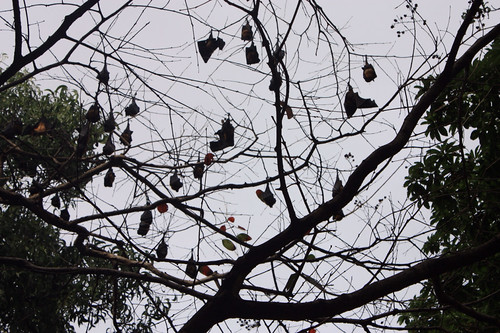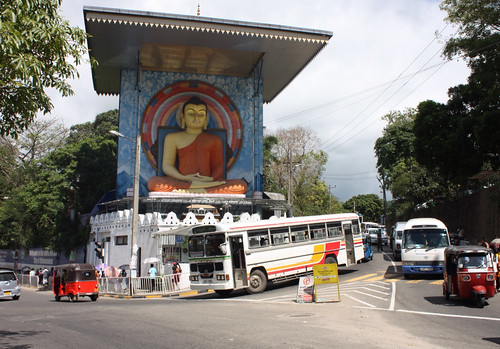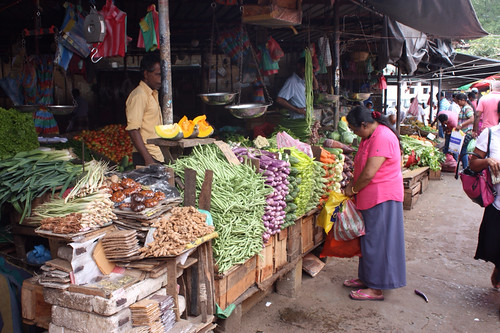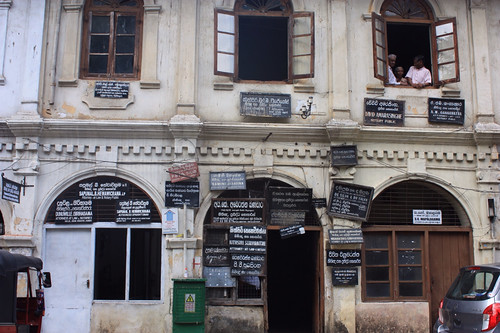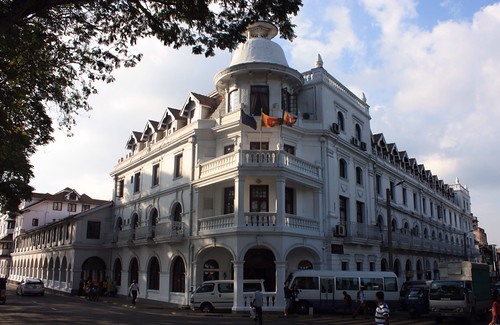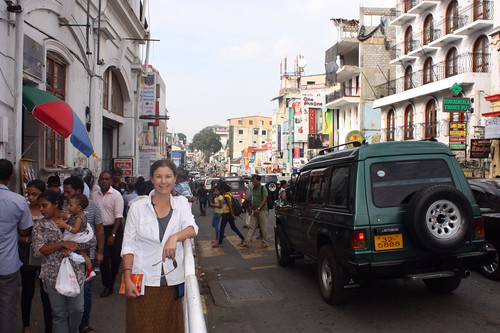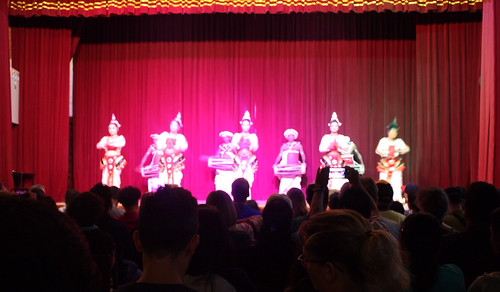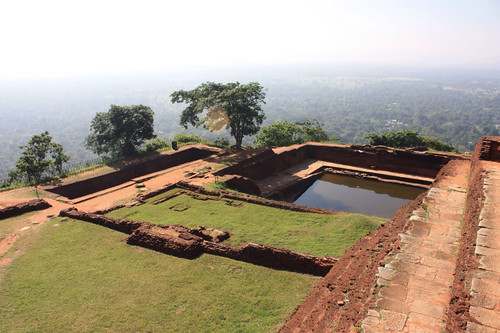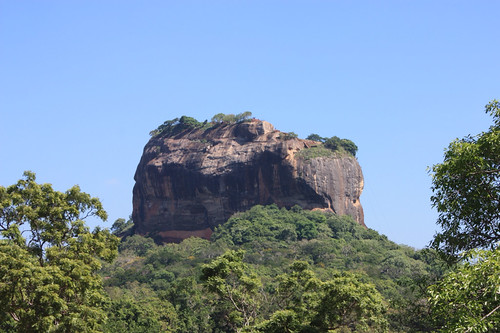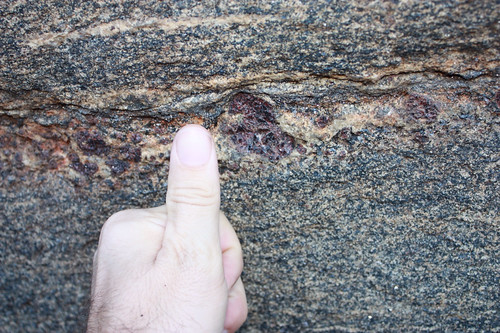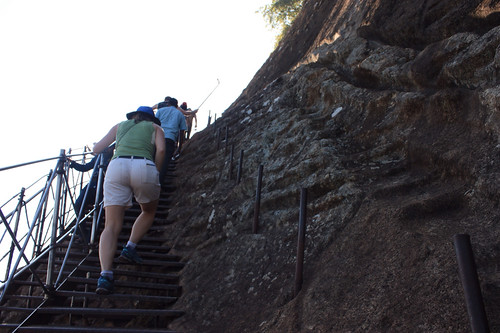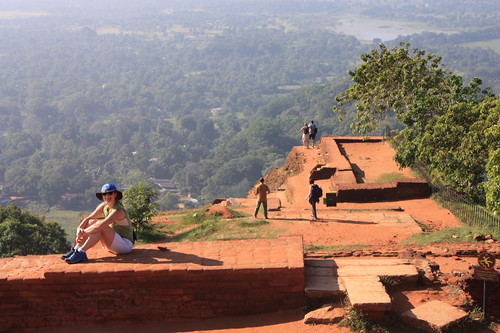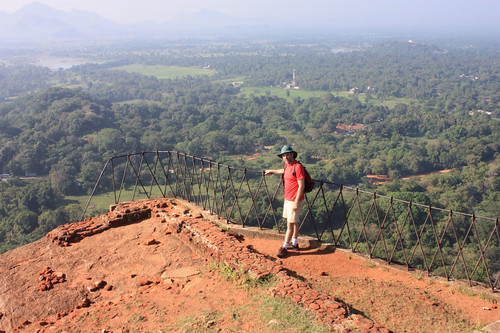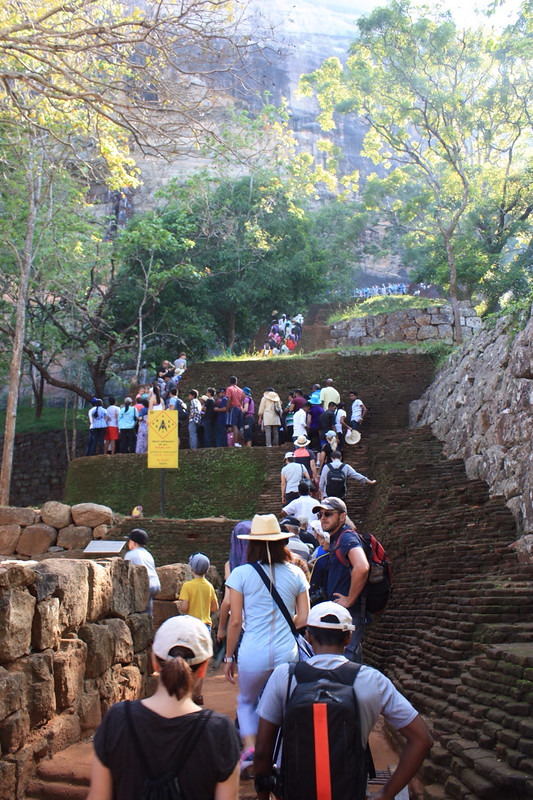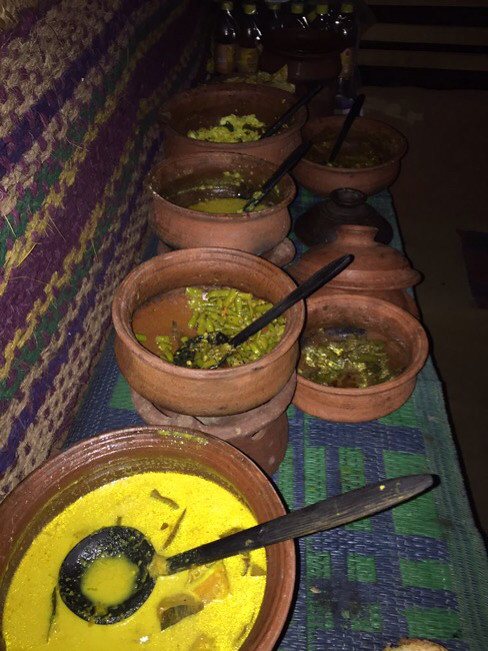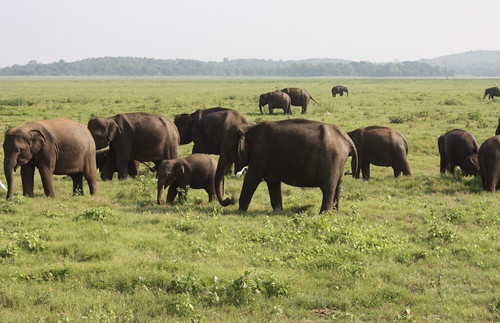We are headed to the south coast. We have seen the jungle, the busy cities, a bit of the history and more than a few temples, it is time to get some R&R, sun & sand. But the south coast where we are headed is 150km as the crow flies, or 300km by road, from where we are, which is probably 12 hours travel by bus. More like buses. We will do this in two phases.
*note, all the tourist guides will tell you the proper way to get from Kandy to Ella is the train, as it is the better way to enjoy spectacular tea country. Therefore, tickets for that train are neigh impossible to attain. We tried for three days, stood in lines in various train stations, several other people even tried on our behalf. Not going to happen. That said, our trip by bus through yet same mountains was cloudy and rainy, so who knows if we missed anything?*
Day 1 we went 140km from Kandy to Ella, about 5.5 hours traveling time, plus an hour waiting for a bus change at Badulla.
We were riding regional buses for this leg of the trip. The entire 2-leg 140km trip cost 214 rupee each, about $2.50 Canadian (not including the 200r we paid for samosas, vadai, and paratha for a snack). What they lacked in creature comfort they made up for in decoration and character. And horn volume.
The wait at Badulla where we changed buses was pleasantly broken up by a parade. What appeared to be several boys' and girls' schools marching bands marched past playing drums, accordion, and melodica.
As with every other trip we have taken in Sri Lanka, the driver stopped once to make an offering and a prayer at a roadside shrine (in this case, Bhuddist).
We pulled into Ella, and quickly realized we were out of the backwoods and into tourist town. The town is little more than a stretch of tourist services and slightly confused Europeans. It may not have helped that we arrived shortly after the train *that everyone must not miss* arrived, but the bars and restaurants were full of people of varying language. Actually, the fact there was a plethora of bars and restaurants made it somewhat unique.
The setting, however, is spectacular. To give you a sense, this is the view from our guest house.
So we enjoyed a nice dinner, a restful sleep, and a spectacular breakfast before bus journey part 2, to get other actual beach, just as the rain seemed to be settling into Ella.
We caught a stuffed local bus to Wallawya (27km, 1 hour, 60 ruppee). There were no seats but the high volume Sinhalese Pop music was free with the fare. With the twistiness of the road and extreme grades, it was probably good we couldn't always see out the window.
At Wallawaya, we switch to a more stuffed express bus to Tangalle (~120km, 3 hours, 200 ruppee). The land flattened out as we approached the coast, and the temperature steadily rose. We have left the mountains and the rainy forest behind, and entered coastal wetlands where waterbufflo seem most at ease (probably unaware of the ginormous saltwater crocodiles in these parts).
And the wheels of the bus went round and round.
